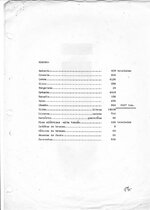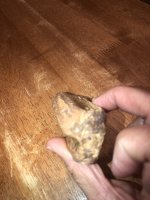- May 9, 2012
- 22,387
- 70,670
- Primary Interest:
- Other
Quick Mercury story for you to make you laugh.
When I was a Military Police Dog Handler, I made a coffee and put in milk and two sugars. Needing something to stir it with, I reach for a dog thermometer and stirred away......
Yes, you have guessed it the thermometer broke and when I had finished it and looked at all the silver globules at the bottom of the cup.
I then went to the medical centre and they made me puke for what seamed like hours......well if you are gonna be dumb.......you better be tough...sigh
Was that thermometer clean before or after you stirred?







